Dune Part Two has surpassed Dune Part One at the box office, and does the acclaim prove it’s a superior movie to its first part?
With Dune Part Two’s release, the sci-fi blockbuster has garnered much acclaim from fans and critics, thanks to its epic scale and story that has been adapted to the big screen. Following the story of Paul Atreides and his ascension within the Fremen, Dune Part Two builds on the success that Dune Part One achieved.
Director Denis Villeneuve’s vision for the films has seen a slow build, with Dune Part One being used for introduction and setup, allowing the grandeur of Dune Part Two to strike an accord with audiences. Dune Part Two fully flourishes as a blockbuster and a piece of art, with the film improving on several aspects of Dune Part One that were already strong.
Grand Scale Of A Holy War
The Weight Of The Film Feels More Intense
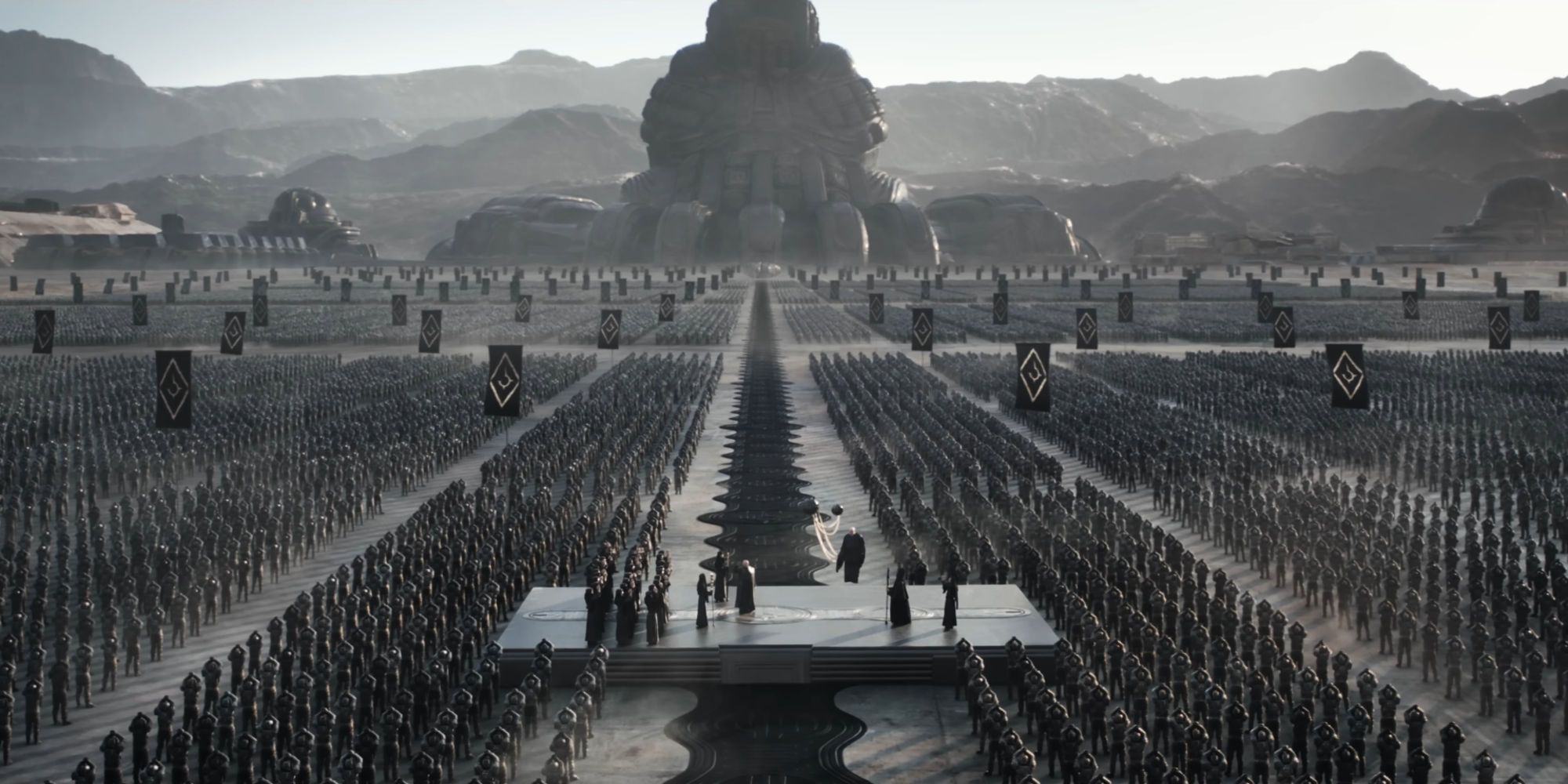
Dune Part Two emphasizes the sense of scale throughout the film’s runtime, with the planet of Arrakis feeling wholly alive and chaotic as a great war develops and peaks on its surface. Much of the scale is depicted through large groups of people being accumulated, whether it be swarms of Fremen or House Harkonnen’s army.
In Dune Part One, despite the world seemingly being vast, the film is used to establish the universe. Dune Part Two builds on its predecessor by packing the movie with content, such as characters with developing arcs, otherworldly locations, and action-filled battles that make it live up to its blockbuster capabilities.
Nail-Biting Action Sequences
Fighting Based On Revenge Erupts Throughout The Film
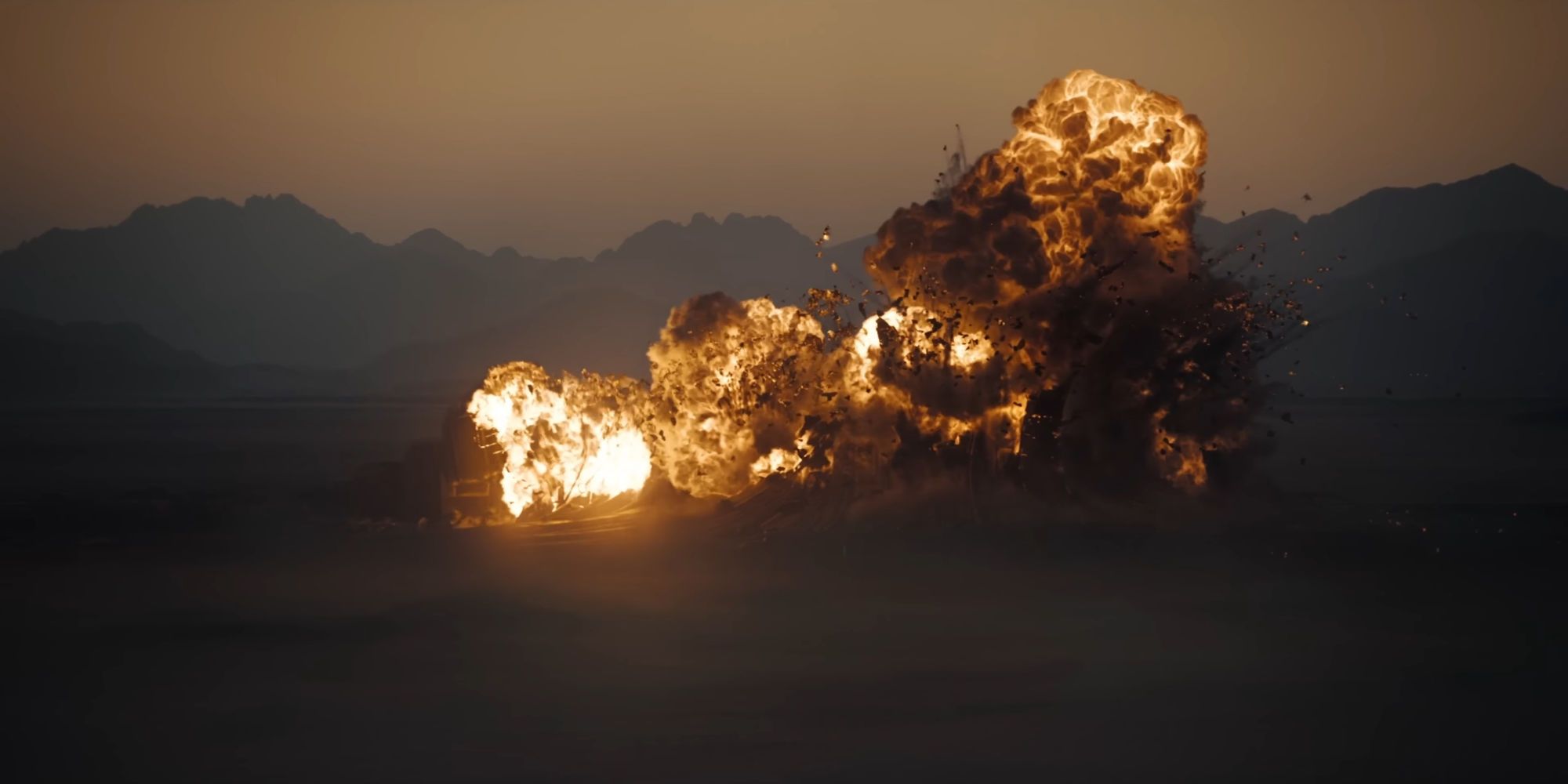
In Dune Part Two, the heightened scale leads to a film with a variety of action sequences that not only push the narrative forward but act as a spectacle to engage audiences. While Dune Part One opts for setup, leading to little action sequences of note, Dune Part Two fully incorporates battles that see Paul progress from being the duke’s son to Lisan al Gaib, the savior of the Fremen. Throughout the film, constant fighting emerges, with the Fremen keen on striking down House Harkonnen under Paul’s leadership.
Many of the action sequences are reminiscent of past sci-fi epics, such as Star Wars, with the film cultivating an enthralling final third that brings forth a violent and tense battle that feels like something out of Peter Jackson’s Lord of the Rings series.
Immersive Sound Design
Loud & Immersive Sound That’s Capable Of Transporting Audiences
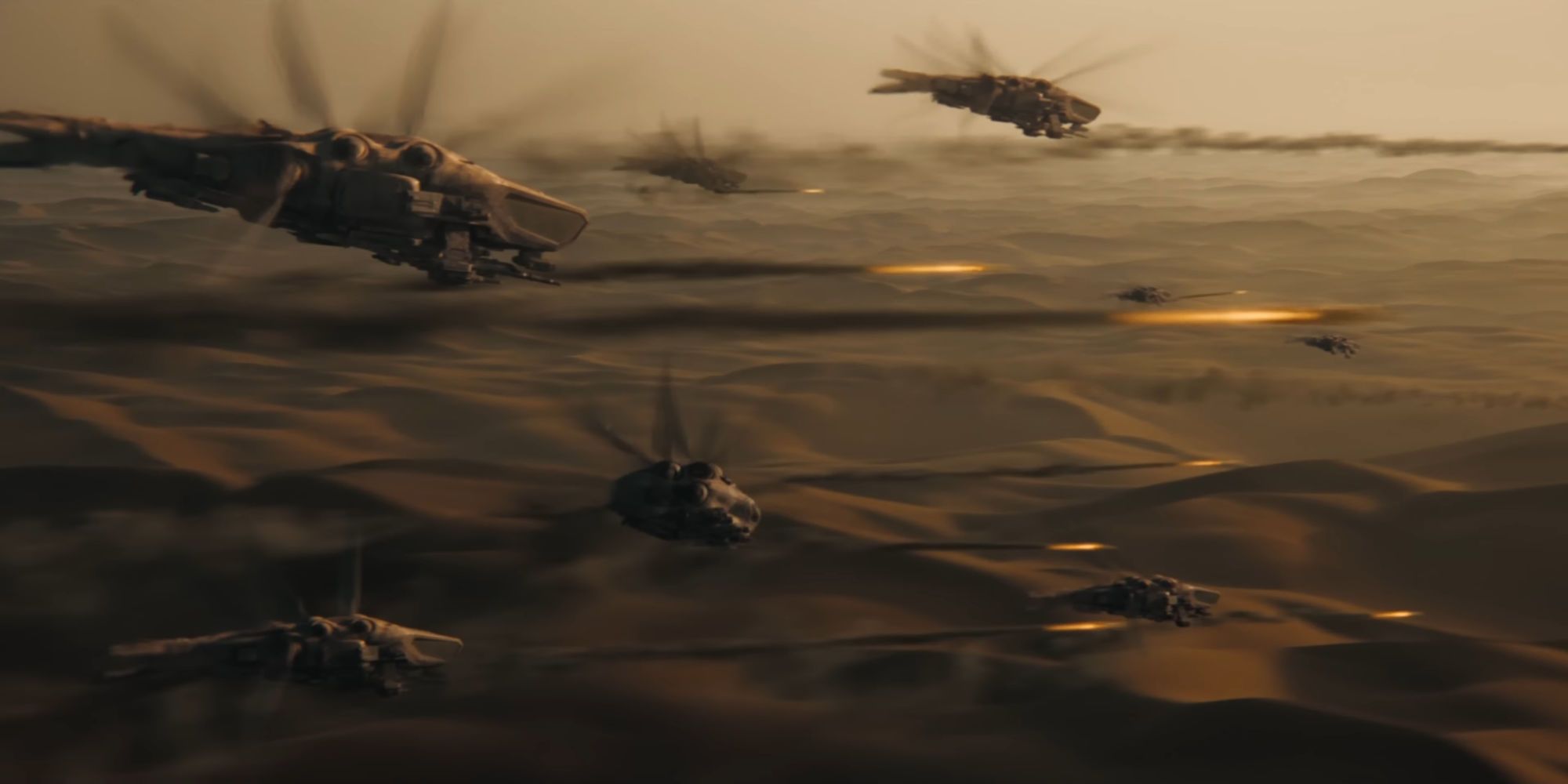
One feature in Dune Part Two that becomes abundantly apparent is the increased use of sound throughout the film compared to its predecessor, Dune Part One. Several scenes in Dune Part Two emphasize sound to encapsulate the feeling of Arrakis, with sound being used to carry the narrative forward in such an effective manner, and in the right theater, seats will rumble with intensity.
When Paul deals with sandy deserts riddled with sandworms or House Harkonnen mercenaries, sound design plays a significant role in capturing the atmosphere of the Dune world. From the sounds of sandworms terrorizing the desert to Fremen soldiers taking steps in the sand, the sound transports audiences by helping deliver the feeling of being in Arrakis alongside Paul, creating a surreal experience.
Hans Zimmer’s Score
Triumphant & Tragic Score That Guides Paul On His Odyssey

Just like Dune Part One, Dune Part Two uses a Hans Zimmer score to drive the story of Paul and his ascent to become Lisan al Gaib. Much of the score reflects the trials and tribulations Paul goes through on his journey, with the score being able to transport audiences to the world of Arrakis through peculiar instruments and string sections set to rivet audiences.
Stand-outs among the score include Harkonnen Arena, which plays over Feyd-Rautha’s entrance as he takes on former Atreides’ followers. The menacing and ferocious score in the scene perfectly encapsulates the Harkonnens and Feyd-Rautha’s demented and ominous demeanors as they look to wipe out House Atreides from existence.
Incredible Performances
Talented Actors Give It Their All For Deeper Performances In The Sequel
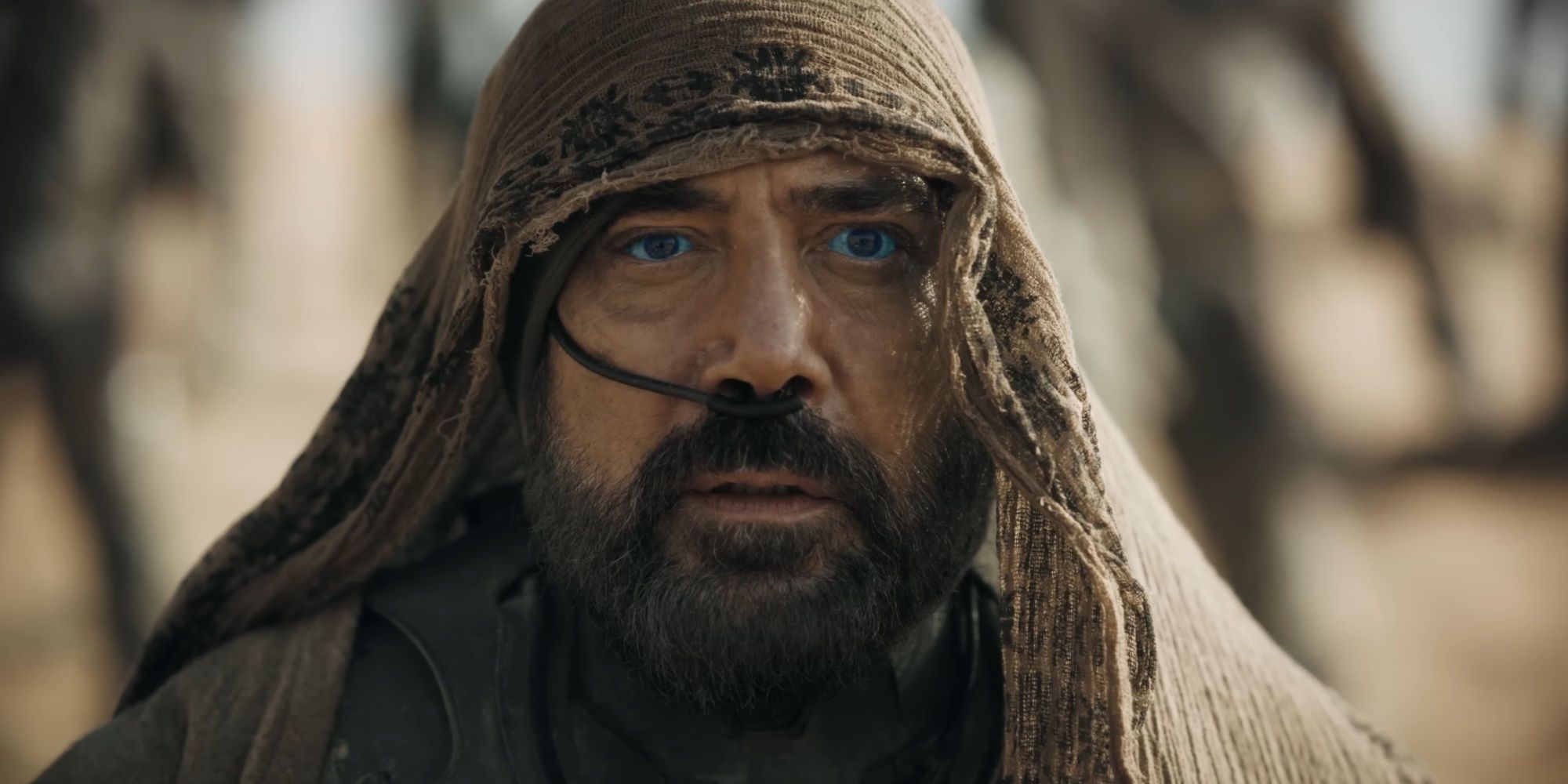
In Dune Part Two, many of the performances are on another level compared to Dune Part One, with certain characters getting more chances to shine in the second part of the story. Characters such as Stilgar and Chani have minimal roles in Dune Part One. However, in Dune Part Two, both play a vital role in the development of Paul within the Fremen, with Javier Bardem’s performance as Stilgar being both mature and comedic.
Other characters, such as Paul, learn to become more mature due to his new role as the people’s savior. Actor Timothee Chalamet pulls off a subtle but commanding performance that depicts his character’s growth from a humble soldier to accepting his destiny as a leader.
Greig Fraser’s Cinematography
Visually Intense Depiction Of The War On Arrakis
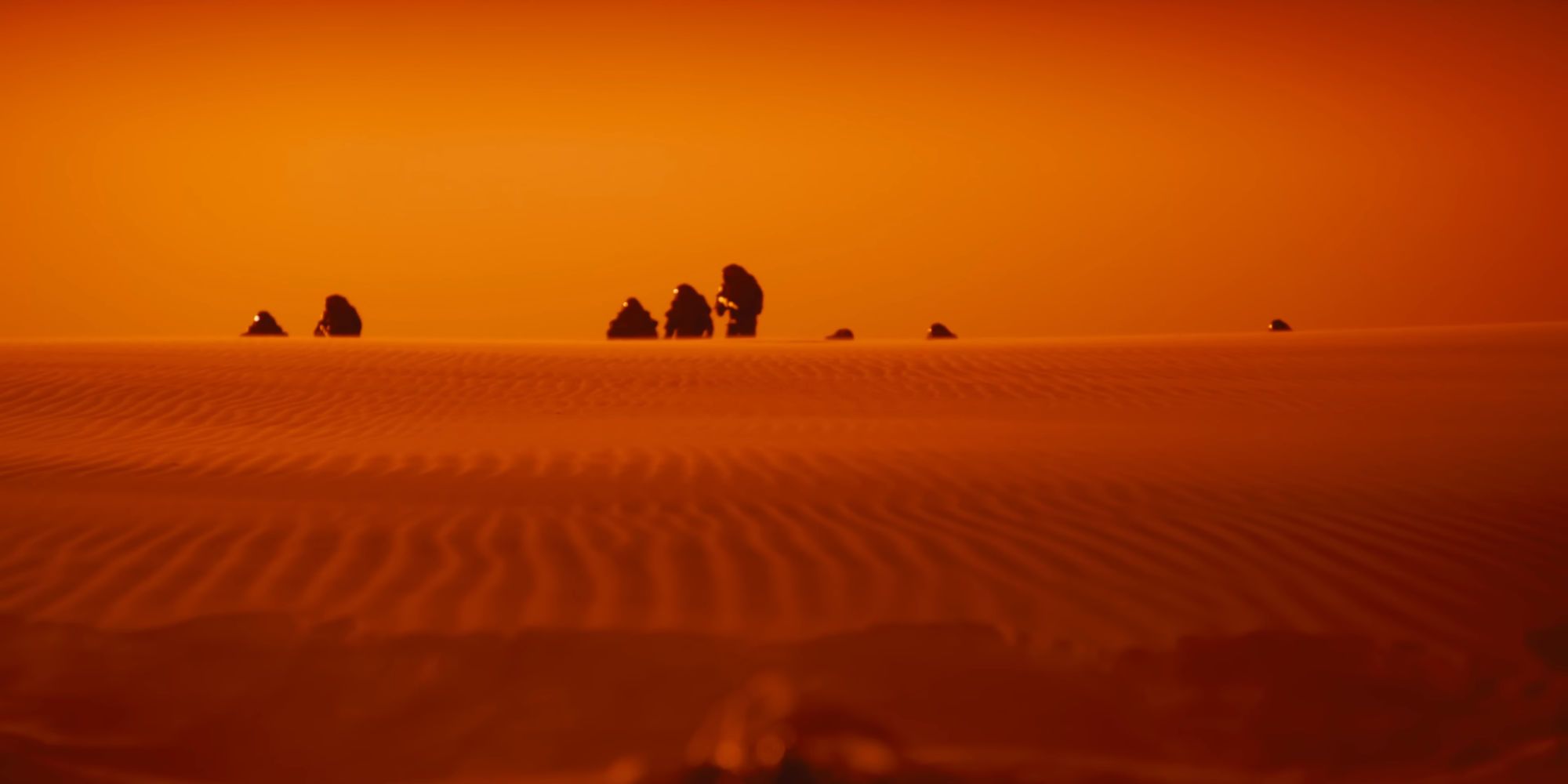
With the level of cinematography in Dune Part One, Part Two matches and even goes further, with Dune Part Two acting as a visual spectacle for audiences. Dune Part Two resumes where the Academy Award-winning cinematography in Dune Part One left off, with stunning imagery depicting the world of Dune being continued, with many colors and gradients used to portray and encapsulate the landscapes.
Following Paul and his journey with the Fremen, much of Dune Part Two takes place on Arrakis and its desert, making the cinematography grand in scale thanks to the desolate surroundings. Using colors to accentuate the desert created breathtaking images reminiscent of films like Apocalypse Now. However, the film also used infrared cameras to shoot the impressive House Harkonnen arena scene, which depicted their home through a vivid and captivating black-and-white sequence, unlike anything seen in a sci-fi epic.

